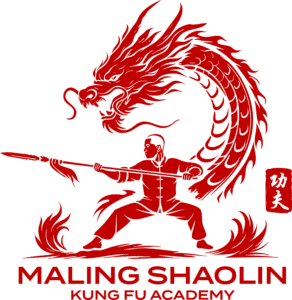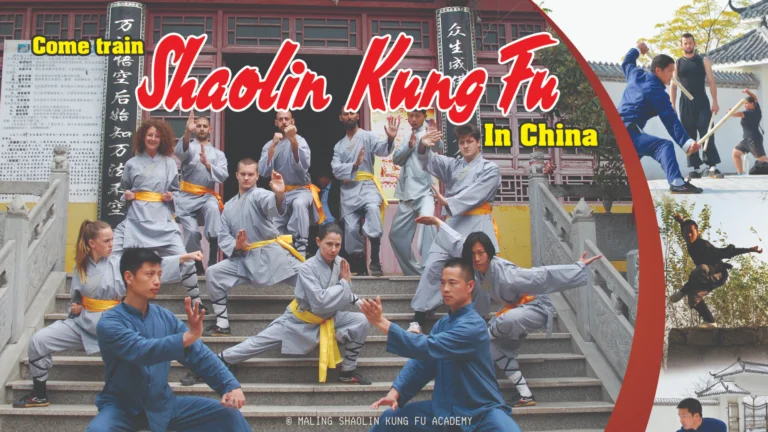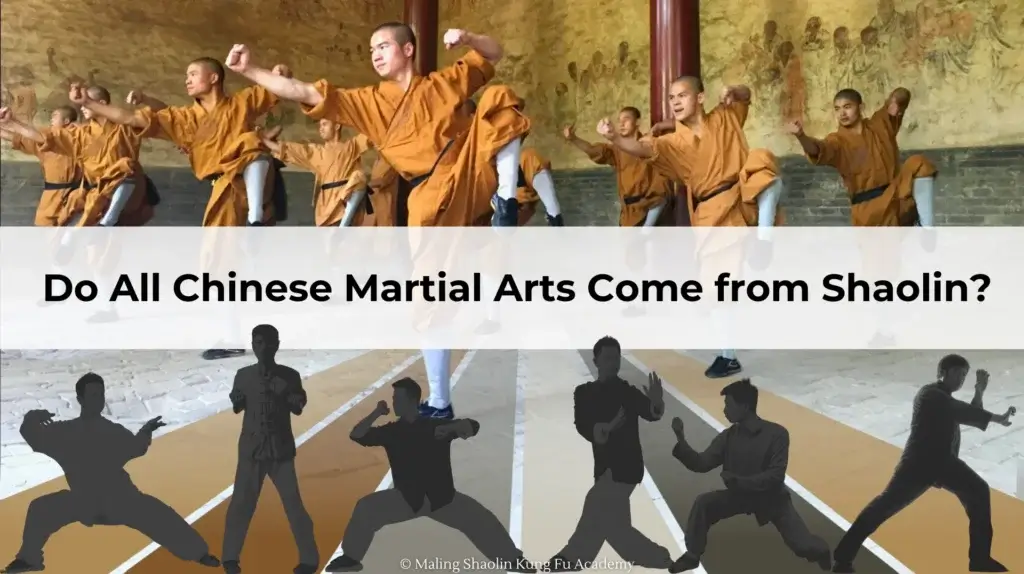
When discussing Chinese martial arts, it’s common to hear people refer to Shaolin Kung Fu as the origin of all styles. While Shaolin Kung Fu holds a prominent place in Chinese martial culture, the idea that all Chinese martial arts come exclusively from Shaolin is a simplification and not entirely accurate. Let’s explore this premise in more detail to better understand the relationship between Shaolin Kung Fu and other martial arts systems in China.
The Rise of Shaolin Kung Fu
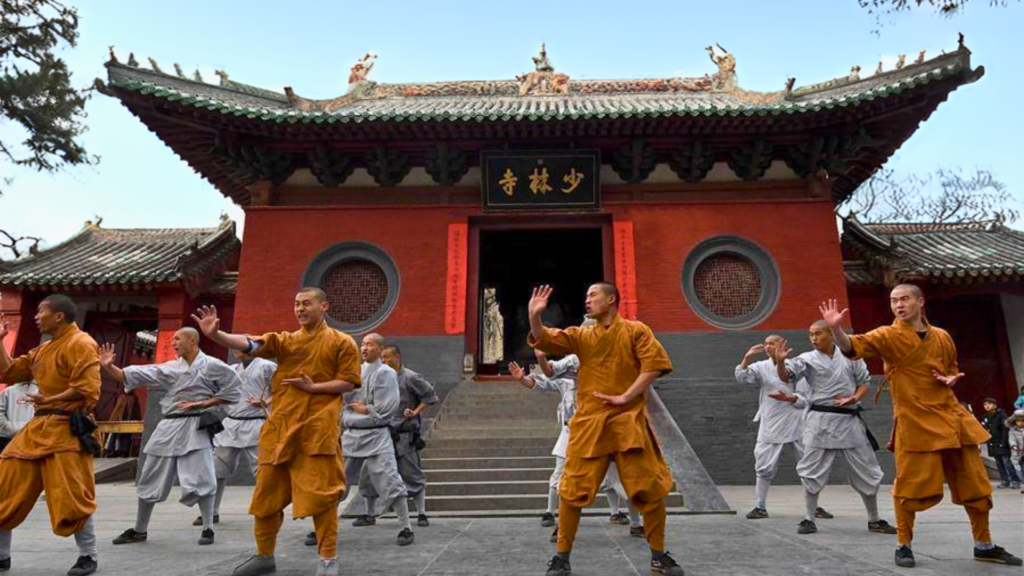
Shaolin Kung Fu has been one of the most influential martial arts schools in China. Its origins trace back to the Shaolin Temple in Henan Province, where Buddhist monks are believed to have developed a unique martial system for self-defense, physical conditioning, and spiritual discipline. Legend states that Bodhidharma (Damo) introduced exercises to help the monks improve their health and meditation, which became the foundation of the temple’s martial practice.
Throughout history, Shaolin Kung Fu evolved to include a wide variety of techniques, forms, and strategies, many of which are still practiced today. Due to the temple’s central role in Chinese martial history, it is often regarded as a birthplace of martial arts. However, this is only part of the larger story.
A Diverse Martial Heritage
While Shaolin Kung Fu was and remains immensely influential, China’s martial arts tradition is much more diverse. Over centuries, martial arts schools and systems have developed independently across different regions, influenced by local culture, geography, and historical needs. These styles evolved alongside Shaolin Kung Fu, rather than directly from it.
For instance, the Taoist temples in Wudang Mountain are well-known for developing internal martial arts like Tai Chi (Taijiquan), Baguazhang, and Xingyiquan. These arts emphasize internal energy cultivation (qi), soft power, and circular movement principles, quite different from Shaolin’s external, fast, and powerful techniques. The philosophical and spiritual differences between Shaolin (which is rooted in Buddhism) and Wudang (which is influenced by Taoism) also shaped the development of distinct martial styles.
Non-Shaolin Martial Arts
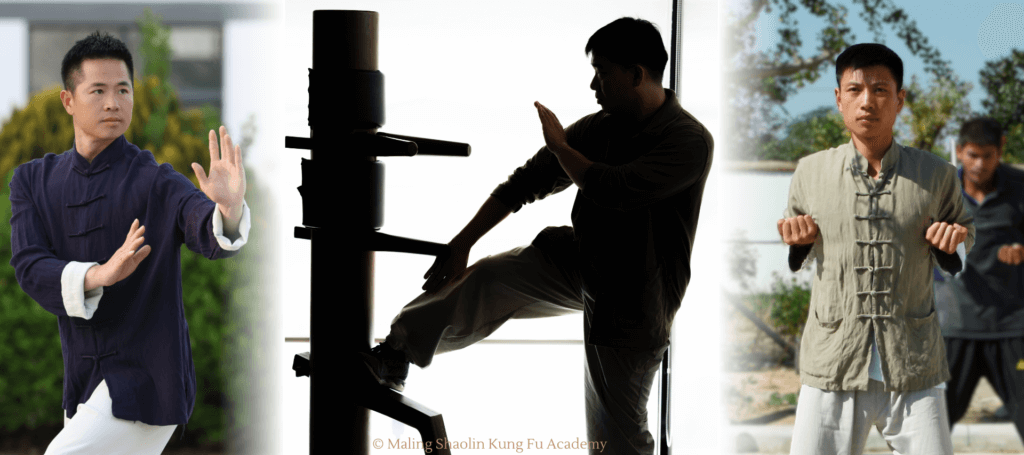
Many traditional Chinese martial arts have no direct connection to Shaolin Kung Fu. Some examples include:
- Wing Chun: Developed in southern China, this close-combat system focuses on quick, efficient strikes and centerline defense. Although popularized by the legendary Ip Man and his student Bruce Lee, Wing Chun’s development is rooted in southern martial traditions, not Shaolin.
- Hung Gar: A southern style that emphasizes strong stances and powerful hand techniques, Hung Gar is known for its connection to the Five Animal Forms, but its development and teachings have roots separate from the Henan Shaolin Temple.
- Choy Li Fut: Another southern Chinese style, Choy Li Fut integrates both external and internal principles, blending the speed of northern styles with the power and structure of southern arts. It originated in Guangdong Province and draws from family traditions as much as Shaolin influence.
- Northern Praying Mantis: Created by Wang Lang during the Ming Dynasty, this style is a northern martial system that focuses on quick, agile hand techniques and trapping skills. While it has some overlap with Shaolin methods, its origin is distinct from the Shaolin temple.
- Baijiquan: Known for its explosive power and elbow strikes, Baijiquan is a northern martial art that has developed independently of Shaolin influences.
Regional Variations and Development
China’s vast geography and rich history contributed to the development of hundreds of distinct martial arts styles. Northern styles, like those practiced in Hebei and Shandong provinces, typically emphasize large, expansive movements (long fist techniques), while southern styles are more compact, with shorter stances and powerful hand techniques due to the densely populated environments of regions like Guangdong.
The Shaolin Connection
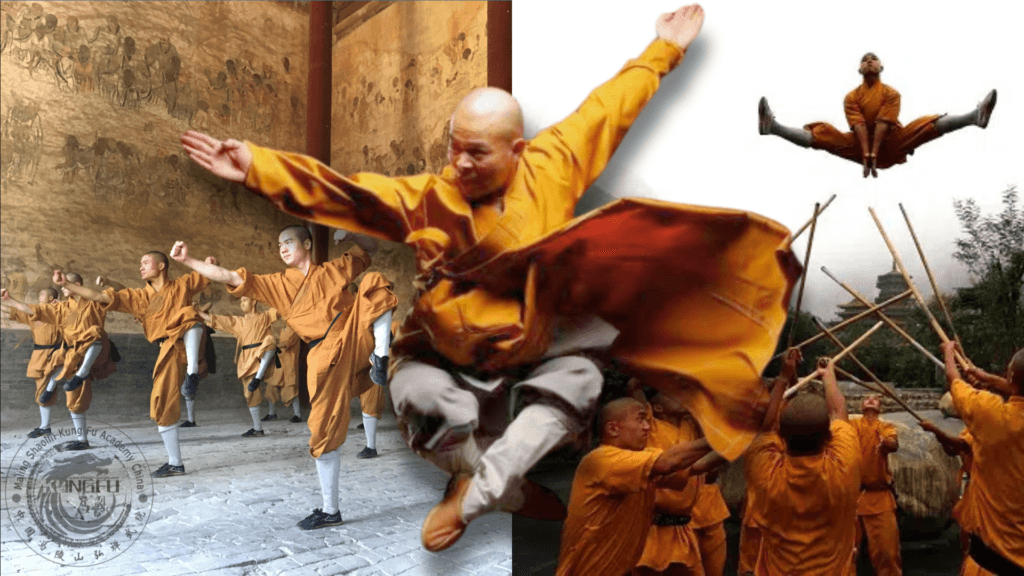
Despite the diversity of Chinese martial arts, Shaolin Kung Fu did play a significant role in popularizing and spreading martial culture throughout China, especially during the Ming and Qing dynasties. Shaolin monks trained soldiers and influenced many local martial schools, so in this sense, many Chinese martial arts do share a connection to Shaolin, even if they didn’t directly originate from the temple.
Furthermore, some martial artists traveled to Shaolin to study, merging what they learned with their local styles. The flow of martial knowledge between the Shaolin Temple and the outside world contributed to the cross-pollination of techniques and forms.
The Modern Perception
In modern times, the media and popular culture have reinforced the idea that Shaolin is the source of all Chinese martial arts. Kung Fu films, television shows, and even global Shaolin performances have painted a picture of Shaolin as the singular hub of Chinese martial knowledge. While this contributes to Shaolin’s legendary status, it also oversimplifies the complex and multifaceted history of Chinese martial arts.
Conclusion: A Rich Martial Tapestry
In conclusion, while Shaolin Kung Fu has undeniably shaped Chinese martial arts, it is not the sole origin. Chinese martial arts encompass a vast range of styles, techniques, and philosophies that evolved over centuries across different regions. Shaolin Kung Fu is one significant thread in this rich tapestry, but it is far from being the only one. Understanding this diversity allows martial artists and enthusiasts to appreciate the full spectrum of China’s martial heritage.
